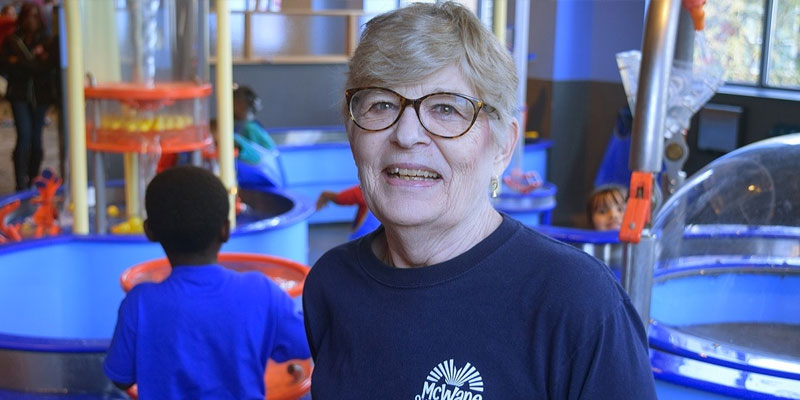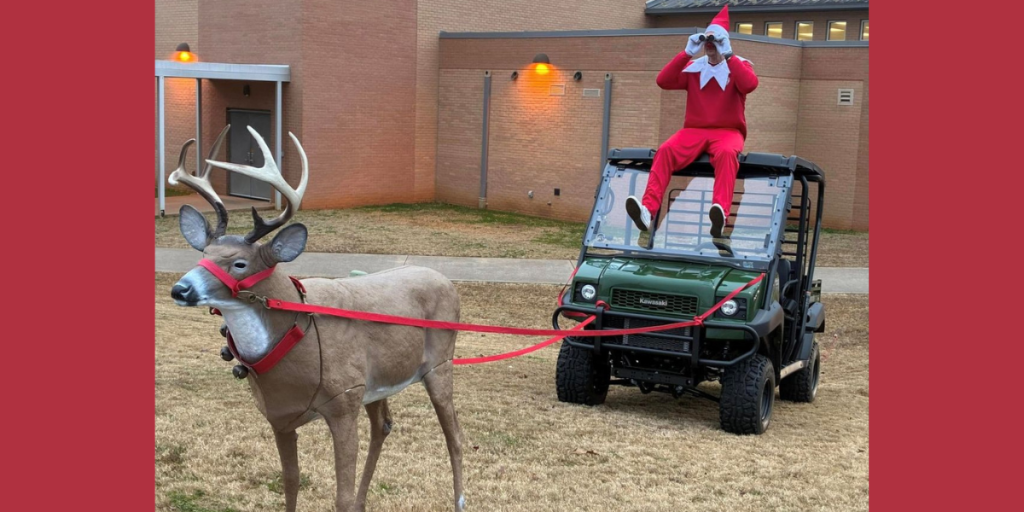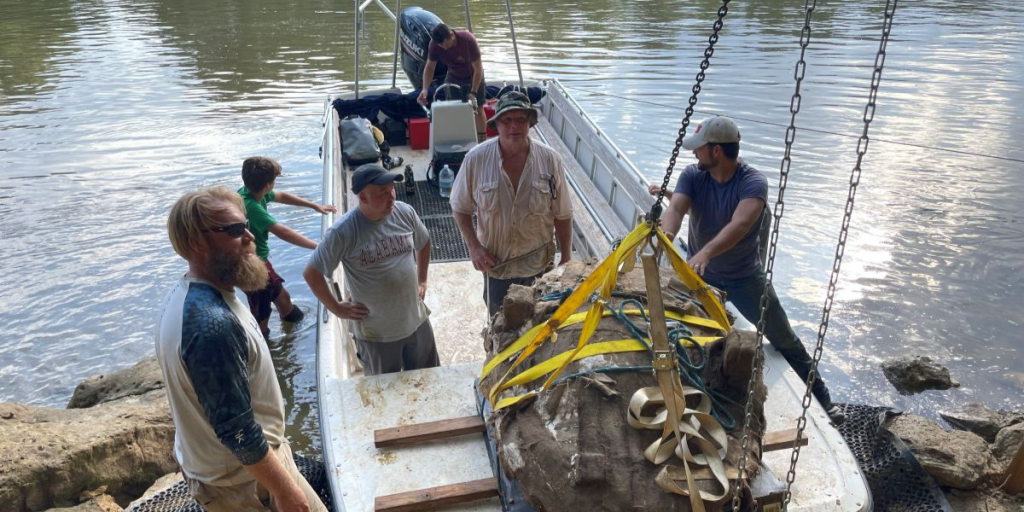A new species of fossil shark from southern Alabama has been discovered, a team of scientists led by Jun Ebersole, director of Collections at the McWane Science Center in Birmingham, announced this month. The discovery was made as part of a larger study examining the diversity of fossil sharks and bony fish living in Alabama 40 million years ago during the Eocene Epoch.
Ebersole collaborated on the research with David Cicimurri, curator of Natural History, South Carolina State Museum in Columbia, and Gary L. Stringer, Ph.D., professor emeritus of geology, University of Louisiana at Monroe.
“This new species is a really early member of Carcharhinus, a genus of shark that is still alive today, Ebersole said. “At least a dozen species of Carcharhinus are known to have a range in the Gulf of Mexico today, and this new species was likely very similar to the modern bull shark or pigeye shark.”
Nicknamed the “Mancin shark,” the species honors the late Lois N. Mancin of Birmingham for her years of volunteering and her love for educating visitors to McWane Science Center and the Birmingham Zoo.
Mancin, a Memphis native, moved to Birmingham to marry John Mancin in 1969. Following the births of her daughters, Shannon and Nickey, Mancin volunteered regularly at their schools and with their Brownie troop. As her children got older, she joined the Birmingham Zoo, where she served as a docent for 20 years and served as the president of the Docent Association.
“Lois joined the McWane Science Center in 2004,” Ebersole said. “She was an integral part of the Collections Department volunteer group – her sense of humor and love of learning is a part of the rich legacy that she leaves behind.”
In the 13 years Mancin volunteered at McWane, she donated more than 6,000 hours to educational programming and organizing and identifying artifacts in the Collections Department. She was twice recognized as McWane’s Volunteer of the Year and was honored at Alabama’s National Philanthropy Day in 2016.
“It is an honor to be able to name this shark in her memory,” Ebersole said. “In addition, we are working to develop a display that will open at McWane Science Center in early 2020, to share the discovery with the public.”
The study, titled “Taxonomy and biostratigraphy of the elasmobranchs and bony fishes (Chondrichthyes and Osteichthyes) of the lower-to-middle Eocene (Ypresian to Bartonian) Claiborne Group in Alabama, USA, including an analysis of otoliths,” was published Dec. 6 in the open-access European Journal of Taxonomy.
(Courtesy of Alabama NewsCenter)













